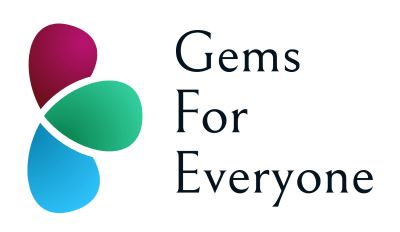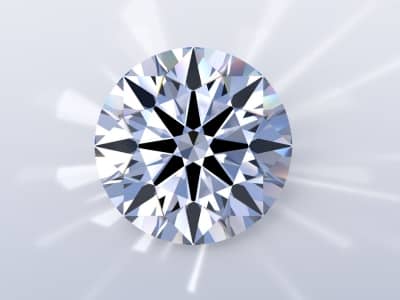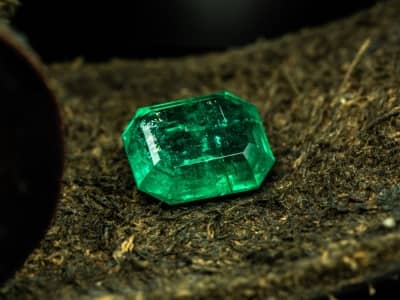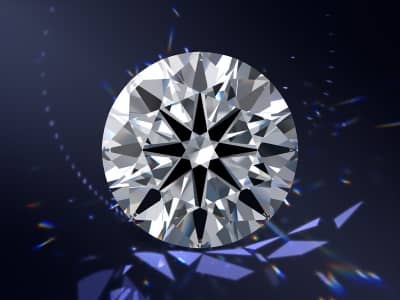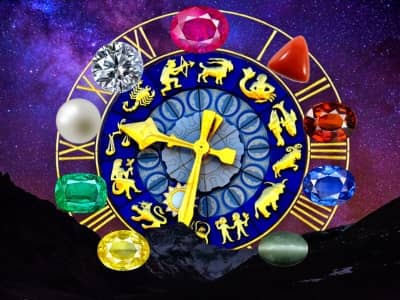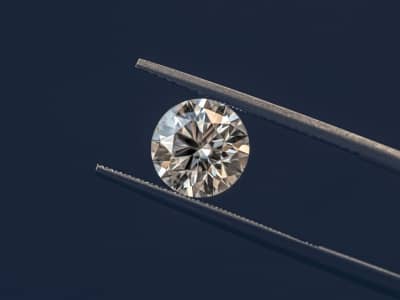Natural Diamonds
Round Shape
Princess Shape
Oval Shape
Heart Shape
Cushion Shape
Emerald Shape
Diamond Certification
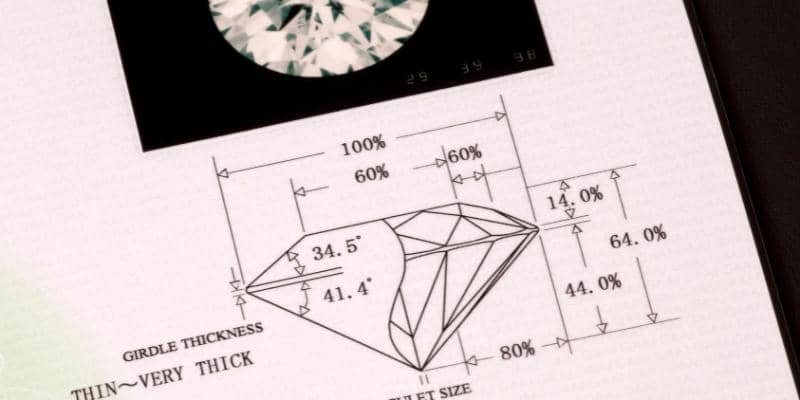
It is important to have your diamond certified by a reputable and independent laboratory to ensure an unbiased evaluation of the stone’s quality. The Gemological Institute of America (GIA), HRD, International Gemological Institute (IGI), and European Gemological Laboratory (EGL) are among the leading grading bodies in the diamond industry, and are listed in order of strictness. Today, most diamonds over 0.20 carats are typically graded by one of these labs.
Expert Tip #1: Because small differences in diamonds can have a significant impact on their price, sellers may offer self-certification or certifications from less stringent local grading bodies to increase their margins. Keep in mind that comparing these diamonds to those with internationally recognized certificates is not an apples-to-apples comparison. To ensure a level playing field, it is important to demand a recognized international certificate.
Expert Tip #2: Even among the 5 internationally recognized certification bodies, there are differences in the standards they use. The diamond industry often uses the strict standards of the Gemological Institute of America (GIA) as a benchmark. Comparing a diamond with a GIA certificate to one with an IGI or EGL certificate is not an equal comparison, as a diamond graded by EGL would typically receive 2/3 lower grades if it were graded by GIA.
Laser Inscription: The five leading diamond certification organizations issue a unique number for each diamond to protect consumers. This number is often laser inscribed on the girdle (the narrow band around the diamond’s circumference) of the diamond, and can be easily verified with a magnification loop. This helps to ensure that the diamond you are purchasing is the actual one. Laser inscription is commonly found on most new GIA certificates and selectively on some other certificates.
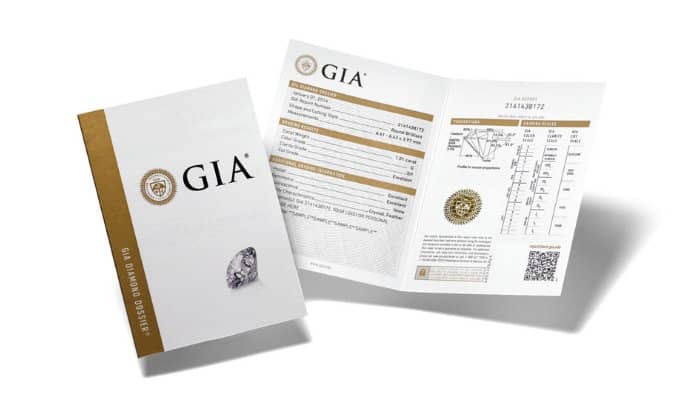
GIA Diamond Certification
Established in 1931, the Gemological Institute of America (GIA) is widely regarded as the foremost authority in gemology, operating as an independent non-profit organization. Their globally recognized diamond and gemstone grading system, introduced in 1953, attracts manufacturers worldwide to submit their diamonds and gemstones for meticulous examination and analysis.
With a GIA certificate accompanying a diamond, consumers can trust that the stone has undergone scrutiny from impartial gemologists adhering to the utmost standards of integrity, scientific rigor, and professionalism, providing them with reassurance and confidence in their purchase.
GIA Diamond CertificationIGI Diamond Certification
Founded in 1975, the International Gemological Institute (IGI) stands as the largest independent gemological laboratory globally, with a presence in key diamond hubs worldwide. Committed to its mission, IGI offers comprehensive education programs and dependable certification for diamonds and fine jewelry, catering to both industry professionals and discerning consumers.
An IGI certificate encompasses a meticulous assessment conducted by a team of expert gemologists, providing a thorough analysis of a diamond’s characteristics, ensuring transparency and credibility in the evaluation process.
IGI Diamond Certification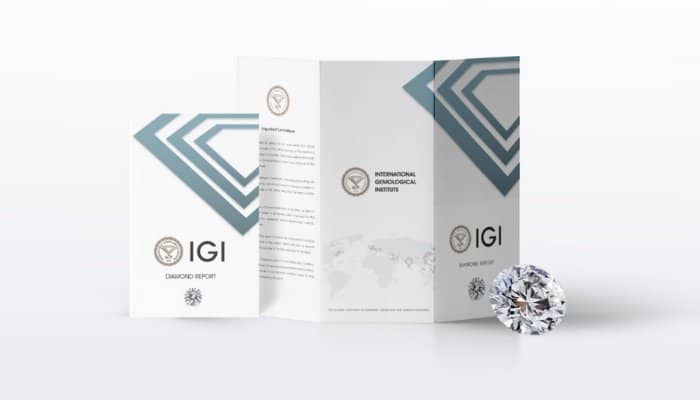
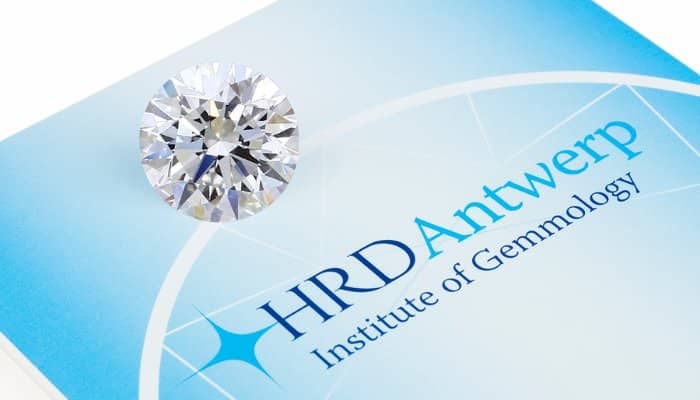
HRD Diamond Certification
The Hoge Raad voor Diamant (HRD), known as the “Diamond High Council,” was founded in Antwerp in 1973 as Europe’s answer to the GIA. Serving as a representative for the global diamond trade to public governments and diamond organizations, HRD plays a crucial role in monitoring and reporting the import and export of over 50% of the world’s loose diamonds.
With a focus on cutting-edge research and education within the diamond industry, HRD remains at the forefront of advancements. Adhering to internationally accepted standards, an HRD diamond certificate holds significant esteem among both jewelers and consumers, underscoring its credibility and value.
HRD Diamond CertificationDiamond Education
Buying Loose Diamonds
How to Buy a Diamond
